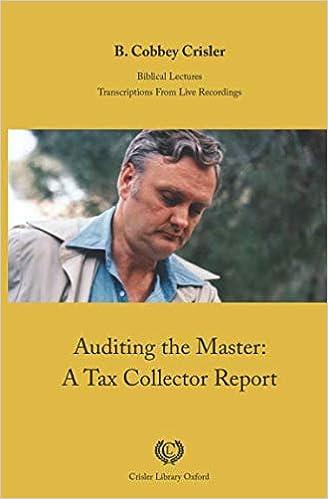

Consider the Heckscher-Ohlin model of international trade that we studied in class. There are two countries, Home and Foreign, and two sectors, 1 and 2. Home is endowed with KH units of capital and LH units of labor. Foreign is endowed with KF units of capital and LF units of labor. Households have identical Cobb-Douglas preferences in Home and Foreign, given by : U(C1,C2)=(C1C2)21 The production technology available is the same in each country: Xi=min{bKiKi,bLiLi} where Xi,Ki, and Li denote the output, capital input, and labor input of sector i respectively. That is, production in each sector is Leontief, whereby one unit of output of good i requires bKi units of capital and bLi units of labor. In what follows, assume that factor endowments are: KHKF=4=3LH=4LF=2 Assume also that the unit factor requirements are: bK1=4bK2=1bL1=1bL2=2 Autarky Now suppose that both Home and Foreign are in autarky. (g) What is the equilibrium relative goods price in each country (i.e. p1H/p2H and p1F/p2F )? (h) What are equilibrium real factor incomes in each country? Trade Now suppose that both Home and Foreign can trade at a world relative price of prW (i) What must the world relative price prW be such that world relative demand (i.e. C2H+C2FC1H+C1F ) is equal to world relative supply (i.e. X2H+X2FX1H+X1F )? (j) At the world relative price that you determine in part (i), what are real factor incomes in each country? Which factors in which countries gain or lose from trade? (k) How do relative factor prices (i.e. r/w ) compare in Home and Foreign? Consider the Heckscher-Ohlin model of international trade that we studied in class. There are two countries, Home and Foreign, and two sectors, 1 and 2. Home is endowed with KH units of capital and LH units of labor. Foreign is endowed with KF units of capital and LF units of labor. Households have identical Cobb-Douglas preferences in Home and Foreign, given by : U(C1,C2)=(C1C2)21 The production technology available is the same in each country: Xi=min{bKiKi,bLiLi} where Xi,Ki, and Li denote the output, capital input, and labor input of sector i respectively. That is, production in each sector is Leontief, whereby one unit of output of good i requires bKi units of capital and bLi units of labor. In what follows, assume that factor endowments are: KHKF=4=3LH=4LF=2 Assume also that the unit factor requirements are: bK1=4bK2=1bL1=1bL2=2 Autarky Now suppose that both Home and Foreign are in autarky. (g) What is the equilibrium relative goods price in each country (i.e. p1H/p2H and p1F/p2F )? (h) What are equilibrium real factor incomes in each country? Trade Now suppose that both Home and Foreign can trade at a world relative price of prW (i) What must the world relative price prW be such that world relative demand (i.e. C2H+C2FC1H+C1F ) is equal to world relative supply (i.e. X2H+X2FX1H+X1F )? (j) At the world relative price that you determine in part (i), what are real factor incomes in each country? Which factors in which countries gain or lose from trade? (k) How do relative factor prices (i.e. r/w ) compare in Home and Foreign








